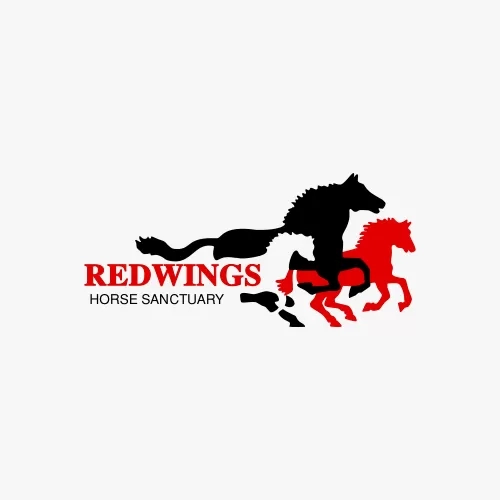09 August 2016

Hooves may look simple from the outside but the way they work inside is fascinating.
It’s well worth understanding them a little more in order to appreciate how keeping a healthy hoof protects the whole horse from injury and lameness.

The inside of a horse’s foot is like a three layered onion – bone at the centre of the hoof capsule and fleshy sensitive structures in between – understanding each part’s important function helps us keep horses sound.
We advise finding a good farrier that will visit your horse every six to eight weeks.
These days farriery is much more than “banging a set of shoes on”. It involves assessing the needs of your horse; its movement and conformation, the quality of the hoof itself as well as helping you manage growth of the feet alongside what you want to be able to do with your horse. If you want to find a farrier, head go to the Farriery Registration Council website to find one in your area.
It’s worth remembering that even companion horses who spend their lives living in a paddock doing little work still need regular trimming and foot care. On the otherhand, many horses that are ridden regularly do not always need shoes.
Because every horse is different, you’ll do a good service to your farrier by knowing a little about the foot and how it works. It will help him explain his advice and help you know what questions to ask in order to get the best service for your horse.
Download our hoof care and farriery leaflet (PDF 401 KB)here for more information.
Watch how the hoof absorbs and dissipates force as it is squashed between the weight of the horse and resistance of the ground and how the impact reverberates up the leg – a healthy “balanced” foot will do this evenly and minimise risk of lameness. Video courtesy of Imprint Equine Foot Care

Redwings Press Office
Find out more about Redwings Press Office



